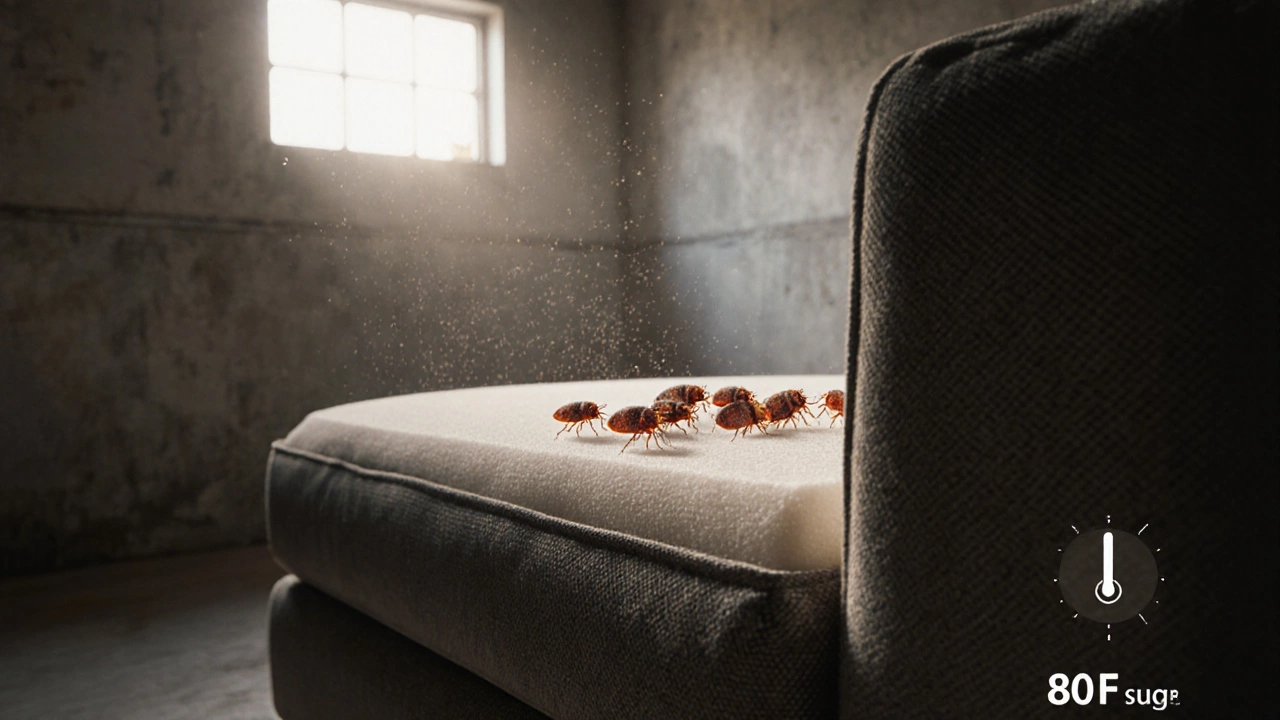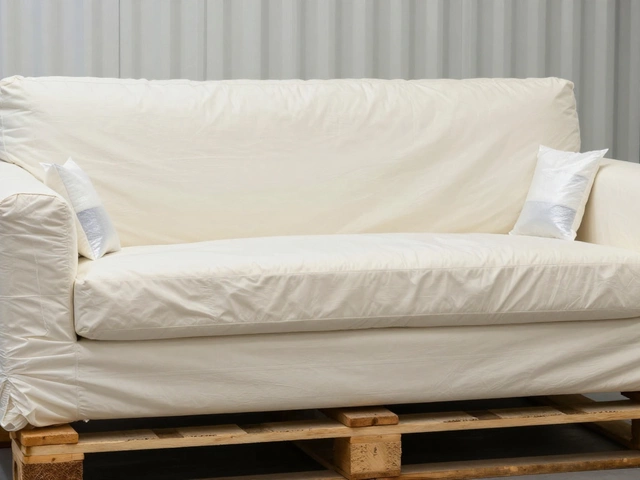Storage Pest Control: Protect Your Belongings Effectively
When dealing with storage pest control, the practice of keeping insects, rodents, and mold from damaging stored items. Also known as storage pest management, it relies on cleanliness, humidity control, and regular inspections to keep spaces safe. This field works hand‑in‑hand with mold, a fungal growth that thrives in damp conditions and can ruin fabrics and wood, rodents, small mammals like mice and rats that gnaw and contaminate possessions and insects, bugs such as beetles, silverfish, and moths that feed on textiles and paper. Together they form the core challenges that any effective plan must address.
Key Factors in Effective Storage Pest Control
First off, storage pest control isn’t just about spraying chemicals; it’s a system. Storage pest control encompasses mold prevention, because without low humidity mold can multiply and attract insects. It requires humidity control – keeping relative humidity below 60 % cuts down the food source for both mold and many pests. Good ventilation, a dehumidifier, or silica packs act as a barrier, so the air stays dry and pests lose their foothold. Rodent control influences insect management as well; rodents often bring in stray food that fuels beetles and moths. Regularly sweeping, sealing cracks, and using sturdy containers close the entry points that rodents exploit, which in turn reduces the chance of insects hitching a ride.
Next, think about inspection cycles. A quick visual check every month can spot early signs – a white powder on walls (mold), droppings (rodents), or tiny holes in fabric (insects). When you notice any of these, act fast: wipe away moisture, set traps, or replace damaged items. Proper packing also matters; using breathable cloth covers instead of plastic keeps items dry while still allowing air flow. For valuable pieces, adding an airtight container with a moisture‑absorbing packet gives extra protection. These steps create a feedback loop: clean, dry, sealed spaces discourage pests, which means fewer infestations to clean up later.
Below you’ll find a curated collection of articles that dive deeper into each of these areas. From practical guides on mold growth in storage units to step‑by‑step rodent‑proofing tips and insect‑specific prevention tactics, the posts give you actionable insight you can apply right away. Keep reading to discover the exact tools, products, and routines that will keep your stored belongings safe and sound.
Bed Bug Survival on Stored Furniture: How Long Do They Live?
Learn how long bed bugs can survive on furniture in storage, what factors affect their lifespan, and how to prevent infestations before they become a problem.







